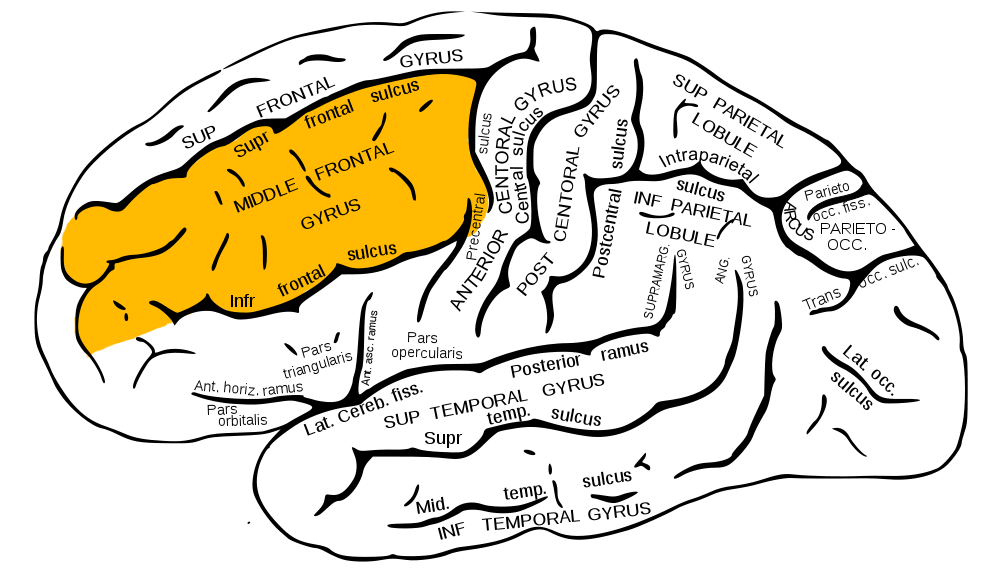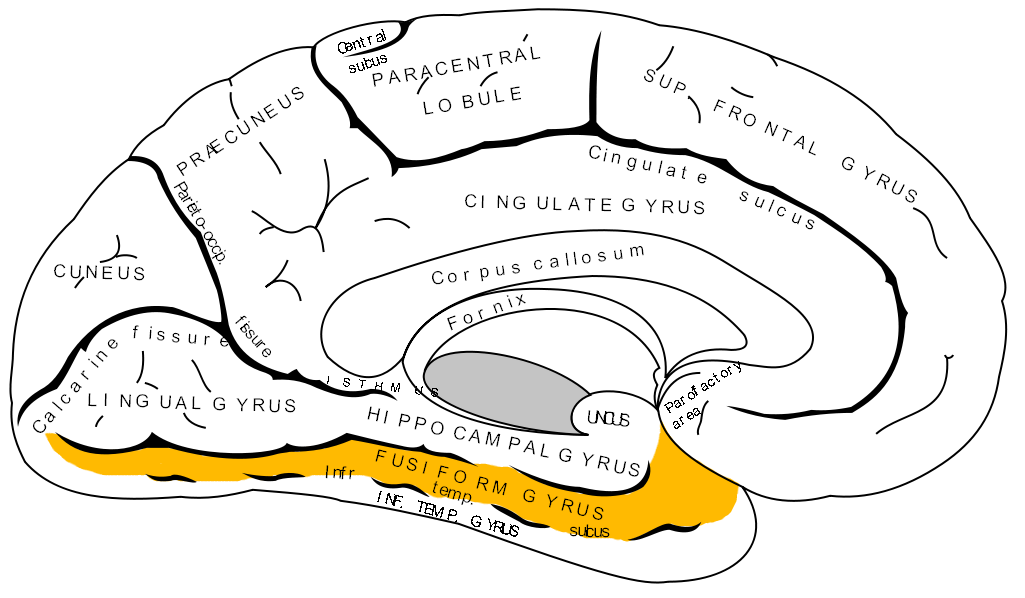Dear family and friends,
The priority I set for myself in coming to Paris (besides academics of course, duh!) is sightseeing. This is my first time in Paris, which means every turn I take is a new location I have yet to explore. Thus, even with the unwelcome addition of jet lag and travel-induced dehydration I have already visited several attractions . Notable mentions include the Eiffel Tower, the Galeries Lafayette, the Arc de Triomphe, and the Notre Dame Cathedral. However, the most exciting place I have visited is one you may not recognize – a bridge named Pont de Bir-Hakeim. While I know absolutely nothing about the walkway’s historical significance, I do know one very important detail. It is the bridge that Leonardo Dicaprio and Ellen Page march across in Christopher Nolan’s 2010 blockbuster film Inception. By now you have probably figured that when I say “exciting” it is almost entirely subjective. Nonetheless, the bridge is quite picturesque and presents a great view of the Eiffel Tower.
When I first saw the bridge I was a few hundred meters away. It immediately looked familiar to me; however, I could not place in my memory where I had seen it before. After several minutes of contemplation: poof! Memories flooded my mind of the scene in Inception and the joy I felt after watching the film ten times. I was so delighted that I moved the bridge to the top of my to-do list and visited it several days later with some friends. My successful recollection got me thinking – how could I recognize the bridge before remembering specific details about it? It turns out neuroscience has an answer!
To start, recognition memory is formally split into two categories: recollection and familiarity. Both occur in response to a previously experienced stimulus e.g. an event, person, or object. Recollection describes a person’s ability to retrieve specific details about the previously experienced stimulus. Familiarity is one’s feeling that the stimulus was previously experienced, without retrieval of explicit details. To simplify, think of recollection as “remembering” and familiarity as “knowing.” Recently, a group of researchers set out to clarify the neural correlates of each recognition process. Led by Dr. Jeffrey Johnson at the University of Missouri, researchers used functional magnetic resonance imaging (fMRI) to measure the brain activity of 20 participants during a memory task (Johnson et al. 2013). This memory task consisted of two parts: an encoding phase and a retrieval phase. During the encoding phase, word stimuli were presented visually to the participants. Words denoted single objects such as tools, animals, and food. Participants memorized the words by either putting them in a sentence (sentence condition) or associating their physical manifestation with an outdoor scene (scene condition). Basically, the encoding task required participants to use different methods to (hopefully) remember word stimuli. Next, the retrieval phase tested the participants’ ability to remember the previously presented word stimuli. Here, old word stimuli from the encoding phase and new word stimuli were presented on a neutral background. During presentation of words, participants could answer in several ways. Answering “R” meant that the subject remembered details about the word i.e. they remembered the sentence they made or the scene with which the word was associated. Therefore, answering “R” indicated that the subject could “recollect” details about the previous word. If unable to remember details, participants answered based on their confidence that the word was old or new. For example, answering with ”confident old” indicated that the subject was only “familiar” with the word.
So… what did the results show?
According to the imaging data, recollection-driven recognition activates different brain areas than familiarity-driven recognition. In other words, the mental processes behind recollection (remembering) are different than that of familiarity (knowing). Specifically, recollection (when participant sanswered “R”) activated the angular gyrus, left ventral parietal cortex, retrosplenial and posterior cingulate cortex, ventromedial PFC, bilateral hippocampus, and the bilateral posterior parahippocampal cortex. On the other hand, familiarity (when participants answered with “confident old”) activated the left intraparietal sulcus, precuneus, anterior cingulate, and dorsolateral PFC (Wow – that is a mouthful). Thus, according to this group’s rationale, it would seem that my initial recognition of Pont de Bir Hakeim was due to unique “familiarity” brain circuitry. As soon as I remembered details about the bridge, my “recollection” brain areas activated and brought forth memories of the movie’s bridge scene. Cool stuff, no?

Neural correlates of familiarity and recollection
Although the researchers failed to present some behavioral data due to too few trials, I thought that this study was well designed overall. They used copious background studies to support the rationale for their experimentation and produced results that clarify our current understanding of recognition-based memory. An interesting next step might be to examine latency time between familiarity and recollection in cases where one eventually remembers why a stimulus is familiar. Perhaps then I could understand why it took me a few minutes to recollect the bridge!
Until next time,
Christian
References
Johnson JD, Suzuki M, Rugg MD (2013) Recollection, familiarity, and content-sensitivity in lateral parietal cortex: a high-resolution fMRI study. Front Hum Neurosci 7:219.
All pictures were taken by myself and Chandler Lichtefeld (The picture of Leonardo DiCaprio and Ellen Page is a screenshot from my iTunes copy of Inception)
The brain activity figures were taken from the primary article by Johnson et al.





























































